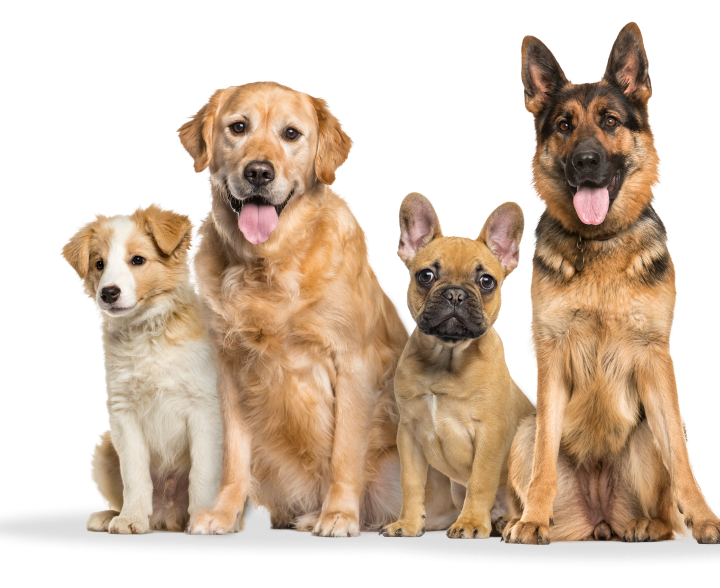
Get a free pet insurance quote in less than 60 seconds!
Easily compare quotes from the most trusted pet insurance companies in the United States.

- Bad breath that gets more severe over time
- Drooling
- Bleeding from the mouth
- Vomiting of unchewed food
- Pawing at the mouth
- Eating on one side of the mouth only
- Food falling frequently from the mouth
- Nasal discharge
- Bloody spots on the tooth where it meets the gum line
- Weight loss
- Increased sleep
- Decreased daily activity
- Diminished appetite
- Irritability
- Feline odontoclastic resorptive lesions (FORLs), mainly known as tooth resorption, is the most common type of periodontal disease, affecting three out of five cats over five years old. Painful lesions are found most commonly on the molar and premolar teeth of the lower jaw but can be found on other teeth as well. The lesions occur as the tooth erodes down to the root structure and eventually disappears as the body absorbs the tooth and replaces it with bone. The lesions are located where the gum is swollen up over the tooth in order to fill the depressions that are developing within the tooth.
- Gingivitis is inflammation of the gingiva, which is the gum surrounding the tooth, beginning with plaque and tartar build-up on the tooth surface. This is the only periodontal disease that can be completely reversed as long as it is diagnosed early. Advanced stages of gingivitis can result in periodontitis (see below) and a surgical procedure to extract the tooth. Gingivitis can be found alone or in combination with stomatitis.
- Stomatitis is a chronic, very painful condition that affects the entire oral cavity beginning at the gingiva. Inflammation can first be seen at the back of the mouth although inflammation can occur anywhere. The condition is primarily known as lymphocytic plasmacytic gingivostomatitis complex (LPGC) or chronic gingivo-stomatitis.
- Periodontitis is an advanced form of periodontal disease where the ligaments holding the tooth are diseased causing the tooth root to be exposed and the tooth to become unstable. Plaque and tartar build-up, gum recession, inflammation, and infection are clearly evident as the gum, tooth, and bone are being destroyed. It is an extremely painful condition. Periodontitis is more common in older cats.
- Lack of routine cleaning
- Diet
- Genetics (some breeds are more prone to the disease than others)
- Chemistry in the mouth
- Tooth alignment trapping tartar and plaque
- Tooth injury
- Environmental influences
- An association with feline leukemia, feline immunodeficiency virus, diabetes, and other diseases

Worried about the cost of treating your pet's symptoms?
Pet Insurance covers the cost of many common pet health conditions. Prepare for the unexpected by getting a quote from top pet insurance providers.

1 found this helpful
1 found this helpful
1 found this helpful
1 found this helpful
1 found this helpful
1 found this helpful

Get a free pet insurance quote in less than 60 seconds!
Easily compare quotes from the most trusted pet insurance companies in the United States.


